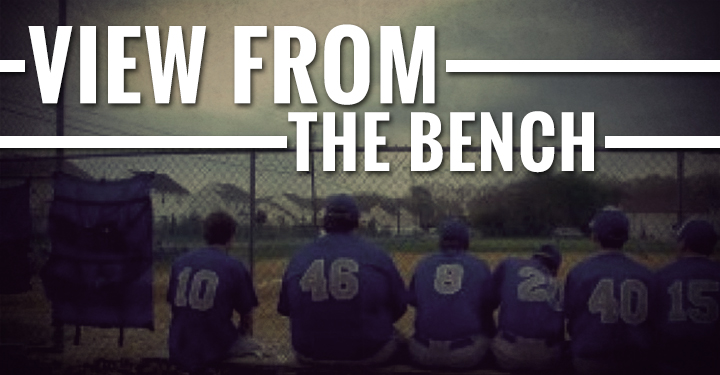Last season, Patrick Corbin showed us that he had the “it” factor. His performance went well beyond the numbers and one could not help but believe that there was greatness in his future. In the wake of his season ending and career threatening injury to his throwing arm, we are faced with the possibility that Corbin’s career will eventually be defined by what could have been. He may recover and come back even stronger than before, or the injury may diminish his skills enough for him to become average, at best. As the uncertainty lingers about Corbin’s recovery and future, I am reminded of what could have been for the best all-time Diamondback pitcher not named Johnson or Schilling.
Brandon Webb was drafted by the Diamondbacks in the 8th round of the 2000 Draft. It took him only three years to make the big club, and he finished third in the 2003 Rookie of the Year voting. By many measures, his 2004 performance was disastrous considering his record of 7-16, but we must remember that the D-Backs won only 51 games that year and Webb had a respectable 3.59 ERA.
By 2005, Webb established himself as a number one starter. He replicated his prior season ERA prowess (finishing the season at 3.54) but also finished with 14 victories while leading the team in innings pitched. The D-Backs recognized what they had and signed Webb to a four year, $19.5 million contract. He responded with an 8-0 record after his first 13 starts of 2006, and was named to the All-Star team. Despite a less successful second half of the season and issues with elbow soreness, Webb was named the National League’s 2006 Cy Young Award winner.
Webb went on to win 18 games in 2007, including three consecutive shutout victories. His dominance continued in 2008, winning 22 games including victories in his first nine starts of the season. Just before the 2009 season, Sporting News named him #31 of the Top 50 current players in all of baseball. That is when the proverbial wheels came off the bus. An early season shoulder injury lead eventually to rotator cuff surgery and Webb missed virtually all of 2009 as well as the entirety of the 2010 season. He failed in his comeback attempt with the Texas Rangers, leading to a second shoulder surgery in August of 2011.
The story of Brandon Webb goes well beyond these statistical accomplishments. I often watched him pitch, and saw ball movement on his pitches not seen other than in newest Hall of Fame member Greg Maddux. Most of you won’t recall another pitcher with whom Webb compared favorably, that being Hall of Famer Tom Seaver. Few before or since “Tom Terrific” have had the ability to paint the “black of the plate” with ease, until Webb hit his stride. Yet history will show that when the all-time greats are discussed, Brandon Webb will never be part of the conversation. Oh, what could have been.
The natural question that follows is whether Corbin’s arm troubles will relegate him to the legacy of Brandon Webb or merely detour a career of greatness. To that end, an analysis of Tommy John surgery results may shed some light.
Some assert that pitchers come back stronger and more successful following the repair of the Ulnar Collateral Ligament (UCL) through Tommy John Surgery. Images of Henry Rowengartner in the film Rookie of the Year come to mind. Young Henry’s tendon healed too tightly and resulted in him being able to throw an incomparable fastball. Along these lines, a study by Rush University Medical Center in Chicago and another that was recently presented to the American Academy of Orthopedic Surgeons suggest that performance measures for surgically repaired pitchers were higher after than before Tommy John Surgery. Two other studies, however, did not support this conclusion. One conducted by Henry Ford Hospital in Detroit concluded that pitchers did not return to pre-injury performance levels following the surgery. Another conducted by the University of Chicago found that there was no change in fastball velocity from before to after undergoing Tommy John Surgery.
I am not suggesting that one effective season for Patrick Corbin allows for him to be considered as a potentially great pitcher. But there is something special about him. Last season was not a fluke, and while his first half numbers in 2013 exceeded the apparent fading in the second half of the season, he has the ability mix his pitches, work the plate and dominate. I only hope that he has the chance to create his legacy.




